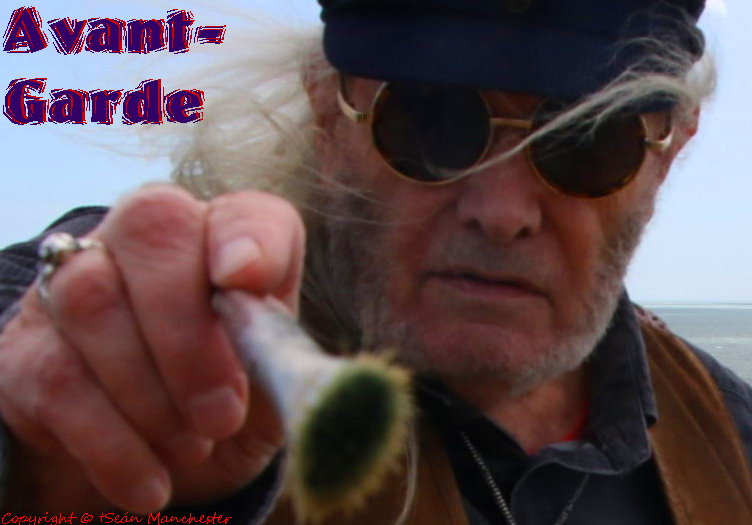Monday 24 June 2019
Friday 21 June 2019
Thursday 20 June 2019
Wednesday 19 June 2019
Gagosian (artist: Georg Baselitz)
Counting among his influences Art Brut, Art Informel, and Abstract Expressionism, as well as artists Edvard Munch and Wassily Kandinsky, German artist Georg Baselitz’s work is characterized by expressionistic mark-making and unrefined, even grotesque, figurative depiction. Working in painting, drawing, printmaking, and monumental wood sculpture, Baselitz often addresses issues related to German national identity post-World War II, particularly the role of German artists. Along with Anselm Kiefer, Baselitz was chosen to represent Germany at the 1980 Venice Biennale, exhibiting a monumental wooden sculptural figure that appeared to be making a Nazi salute, causing an eruption of controversy and bringing the question of contemporary German identity to the fore. Baselitz is closely associated with fellow artists A.R. Penck and Eugen Schöenbeck, who demonstrate similar stylistic tendencies and emphasis on subject matter rather than strict abstraction.
Jean at Nineteen (artist: †Seán Manchester)
In 1962, nineteen-year-old Jean Shrimpton almost didn’t board a flight from the newly built Heathrow airport to New York. Unlike today’s models, who travel non-stop for their work, Jean had never been on an aeroplane, despite graduating from Lucie Clayton’s modelling school eighteen months prior.
The Beatles were unknown. There was no such thing as youth culture. No one had heard of Bailey either. Dressed in matching black leather, both were standing on the threshold of fame. This was before Jean became The Shrimp. She had been raised on a farm with dogs, horses and elocution lessons, and was far less confident about her place in the (about to be upturned) British class system.
After their New York shoot was published, Bailey and The Shrimp became superstars – reluctantly in her case. As she wrote: “I’m not interested in clothes and I hate people staring at me.” That didn’t prevent her, though, from modelling for more than a decade, during which she worked with all the greats, including Richard Avedon. By the late 1960s, she had earned enough money to pay £13,000 in cash for a mews house in Knightsbridge – and dated two of the era’s leading heart throbs. She left David Bailey for Terence Stamp, then left him too, rejected Warren Beatty, escaped to deepest Wales where she took up photography (her subjects seemed to have mainly consisted of dead sheep; it wasn’t a money spinner) and lived with the poet Heathcote Williams. She eventually settled with her handsome husband Michael Cox in relative obscurity in Penzance, where they run a hotel.
To this day, she dodges photographers. I have painted portraits of The Shrimp in oils in the past, and now sought to capture the nineteen-year-old Jean, on the brink of the celebrity she would eschew.
Tuesday 18 June 2019
Twiggy (artist: Peter Keil)
Twiggy (oil on canvas) by the German Neo-Expressionist Peter Keil
Twiggy photographed by Terence Donovan
Wednesday 5 June 2019
Subscribe to:
Posts (Atom)






































